Search
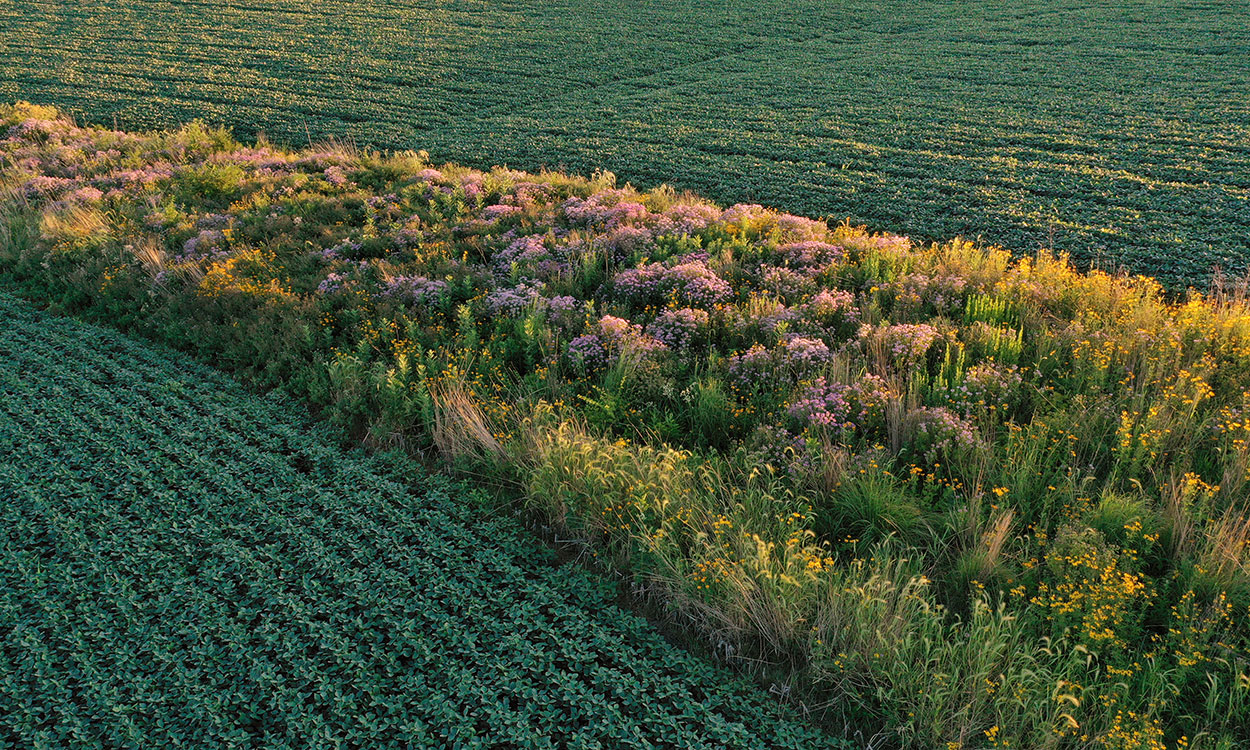
Using Prairie Strips To Protect South Dakota Water
Prairie strips are a new continuous Conservation Reserve Program practice that integrates native prairie plantings oriented linearly within a row crop field to reduce soil erosion and runoff.

Sorghum Weed Control
Early competition, especially from grass, is critical for successfully controlling weeds in sorghum. There are preemergence as well as postemergence herbicides available for this crop. Early treatment provides the best control of broadleaved weeds with crop stage also being a critical factor for some postemergence treatments.
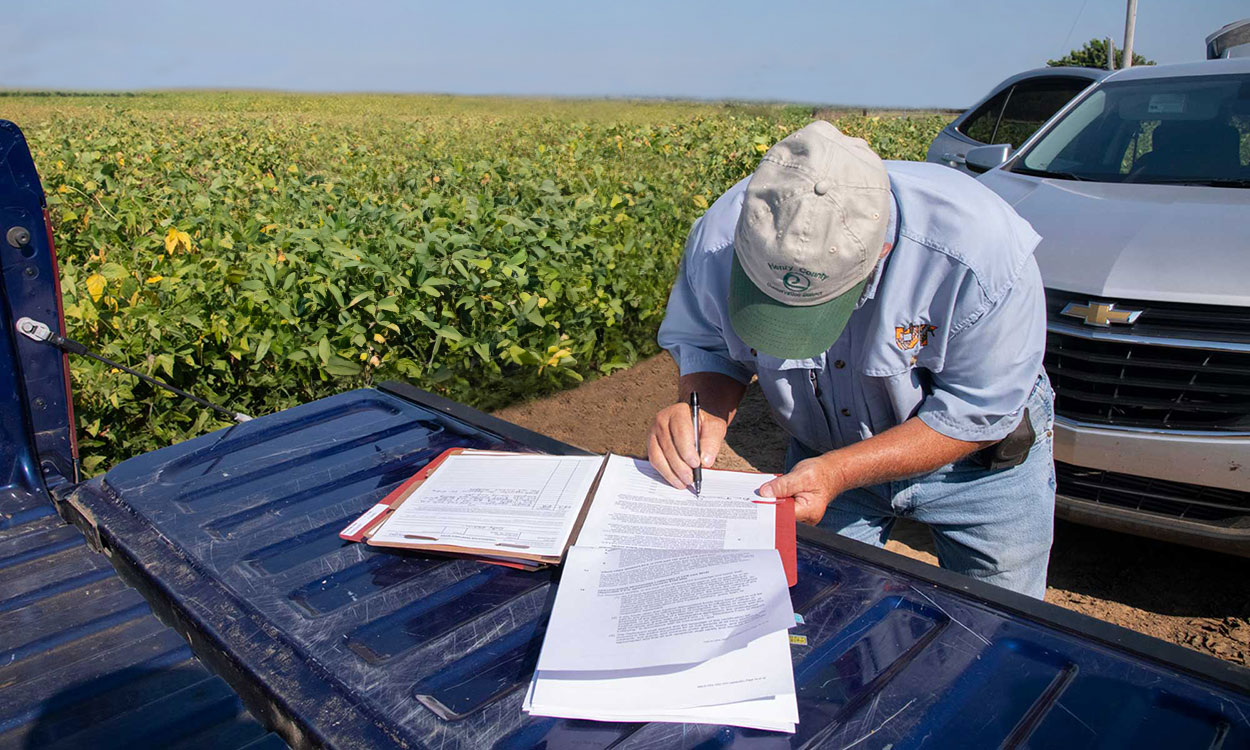
Oral Lease Agreements Automatically Renew on September 1, 2024
September 1 is the automatic renewal date for all oral land lease agreements in South Dakota. If landowners or renters wish to make changes to the components of the lease, written notice must be given by the September 1 deadline.
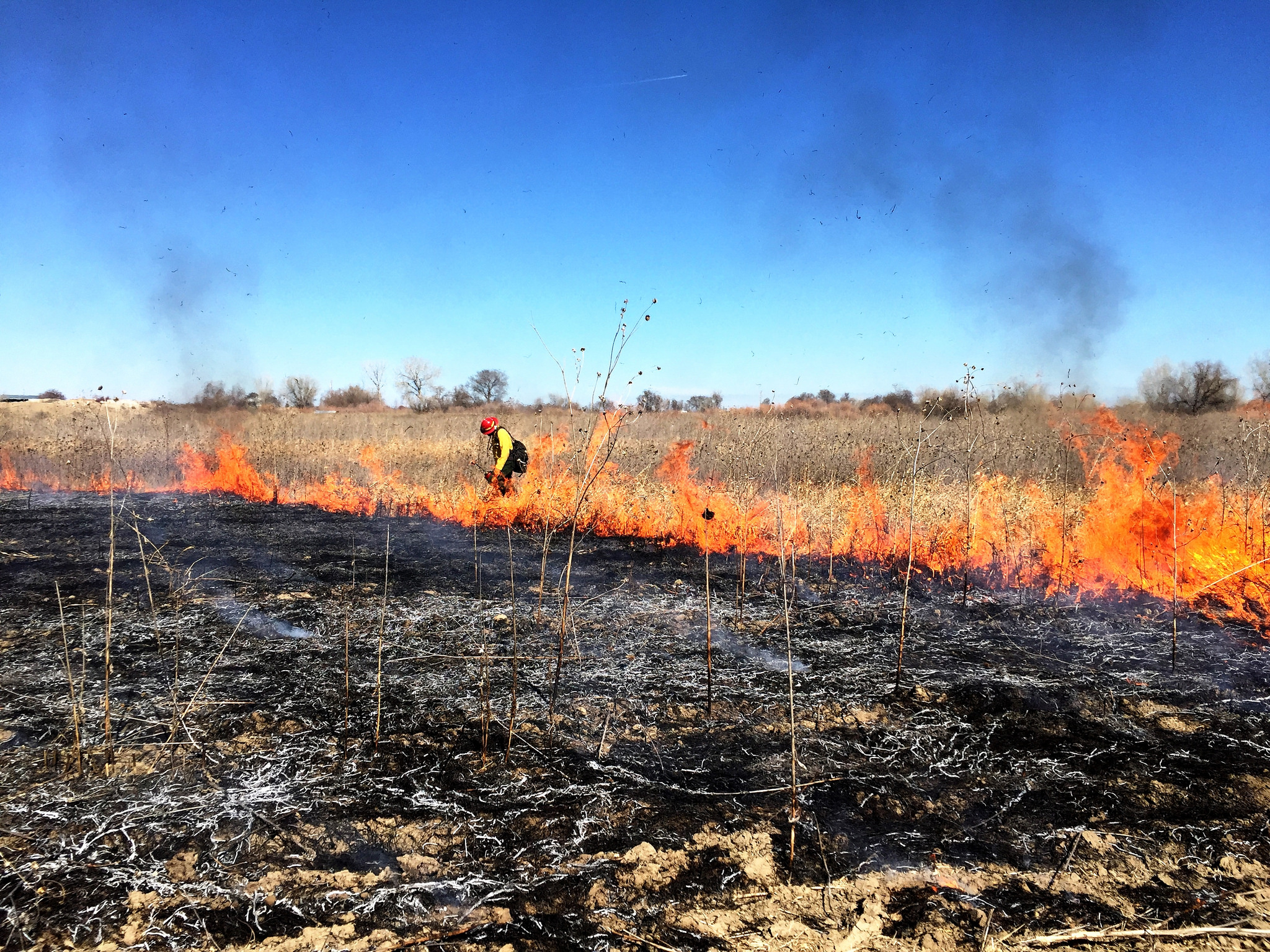
Fall Fire Safety
The moisture and cooler temperatures of fall make it easy to become lax about fire danger, however, conditions can still lead to easy ignition and rapid growth of wildfires.
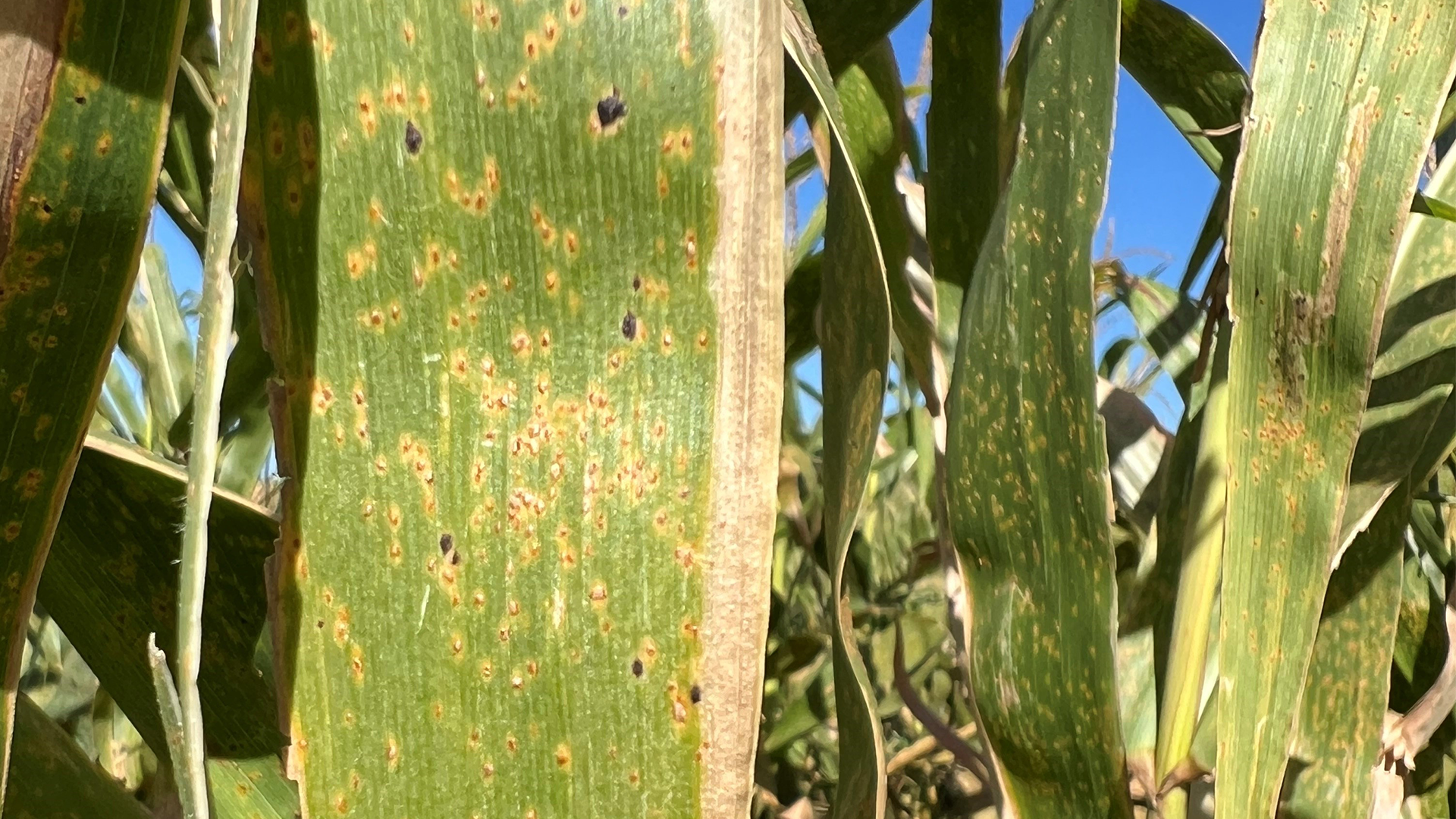
SDSU Extension to host disease scouting workshop for corn, soybeans
October 01, 2024
If you have been wondering what you’re seeing in your corn or soybean fields this season, join the SDSU Extension plant pathology team in Volga to see tar spot in the corn field and white mold in the soybean field, or to have your own diseased plant material identified.
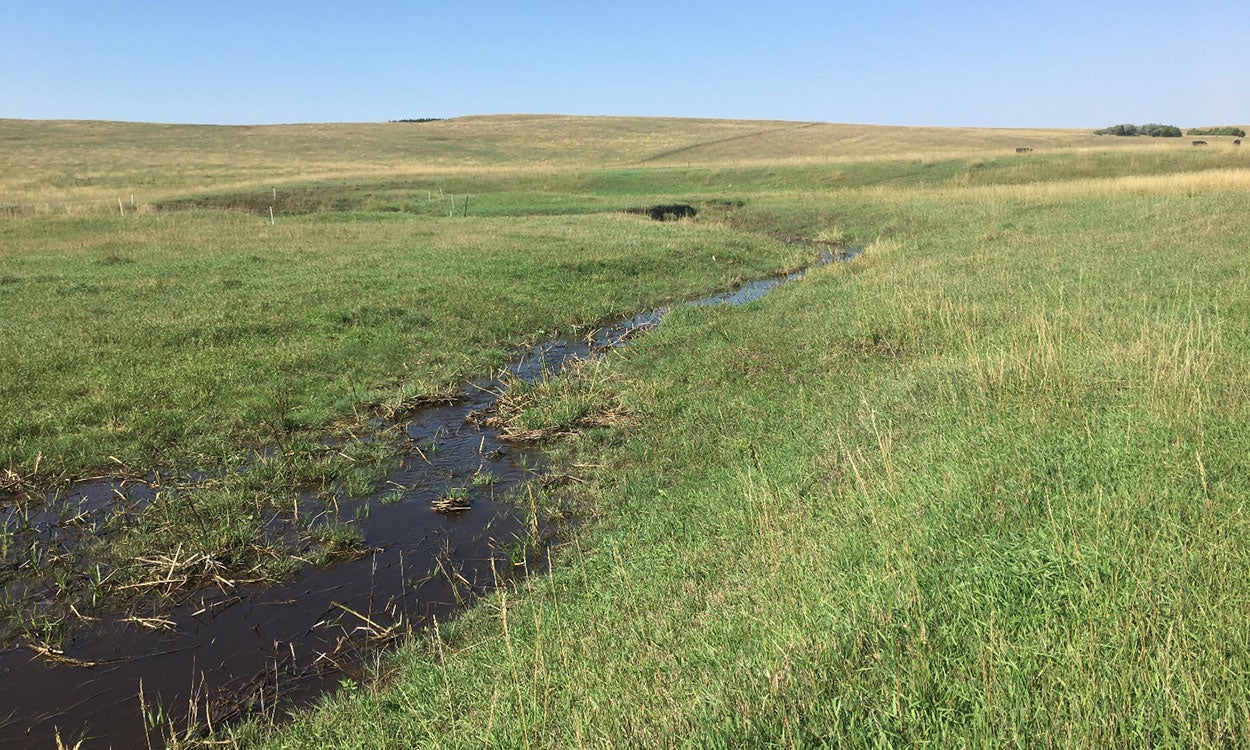
Fall Grazing: A Cautionary Tale
It is very tempting to graze new, green cool-season grasses when pastures are dry most of the summer. However, caution should be taken to not overgraze this green-up.
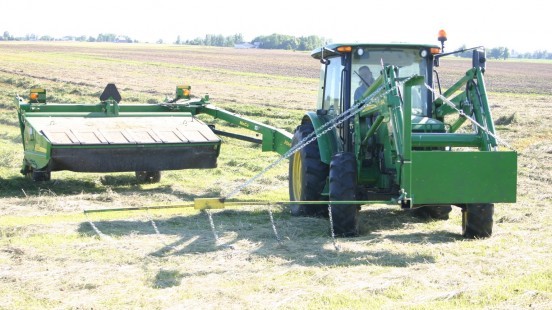
Haying With Wildlife in Mind
Anyone who has spent time cutting hay knows that hayland can be a magnet for wildlife in late spring and early summer. Hay fields are often considered an “ecological trap” for wildlife; that is, they appear to be high quality habitat for nesting or feeding due to tall, dense grass and legumes, but often lead to increased mortality once harvesting is under way.
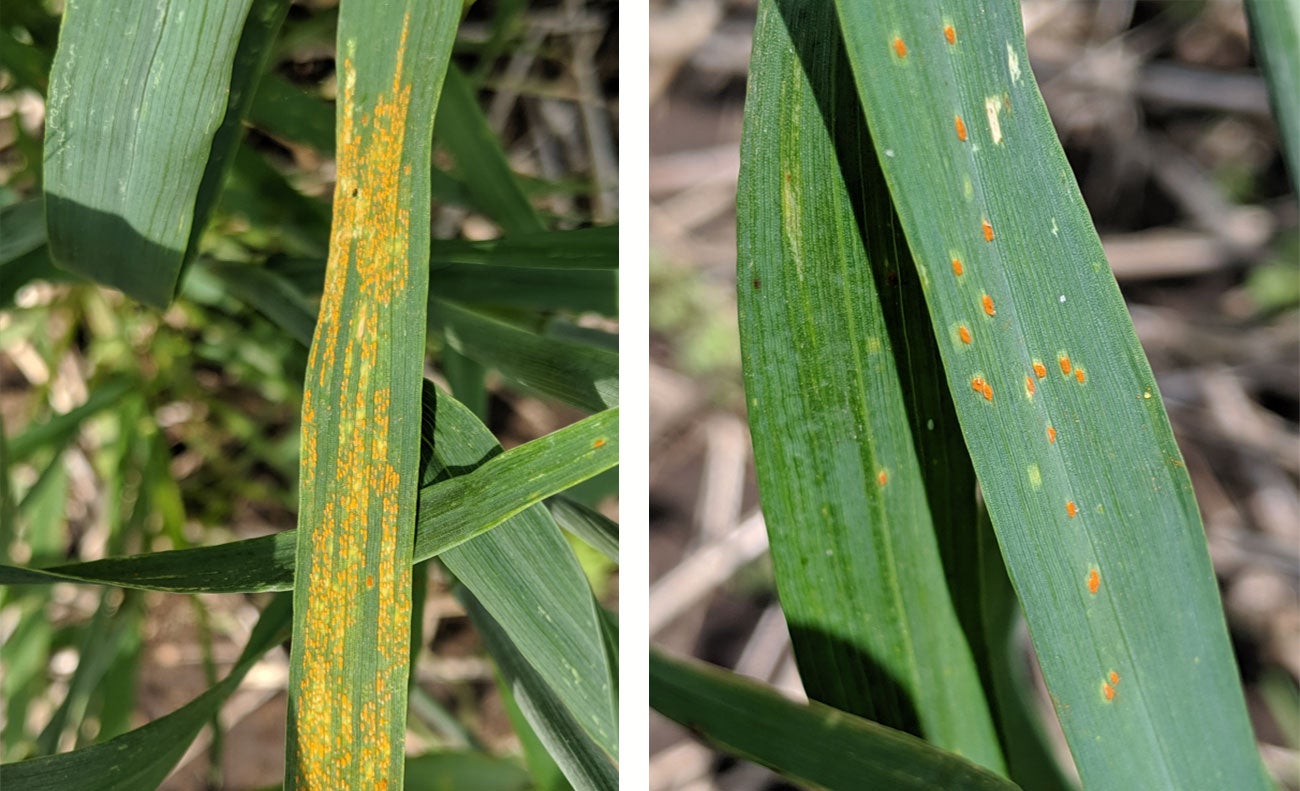
Stripe Rust and Leaf Rust Developing in Winter Wheat
Stripe rust and leaf rust were found in winter wheat plots at the SDSU research farm in Aurora. Observation of these two rusts indicates that we have inoculum in our area, therefore winter wheat fields should be scouted until wheat is done flowering.
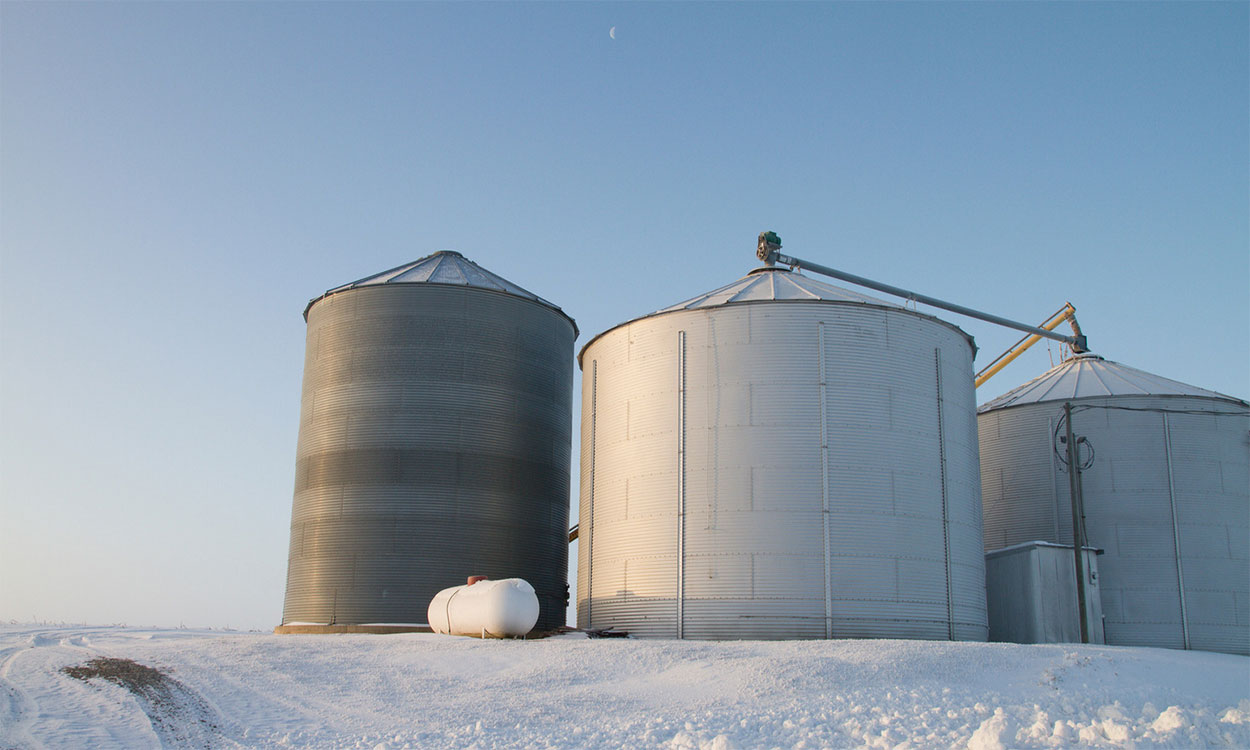
Forecasted Cold Temperatures Can Be Used To Cool Down Stored Grain
If temperatures are forecasted as being well below freezing, it would probably be a good time to start thinking about cooling stored grain. Cooling grain reduces the activity of stored grain insect pests and suppresses any mold growth that may otherwise occur.

Update on Chlorpyrifos Use in South Dakota
As of June 30, 2025, the labeled uses for chlorpyrifos products for food and feed are limited to alfalfa, soybean, and wheat in South Dakota. Chlorpyrifos can no longer be used to treat sunflowers.